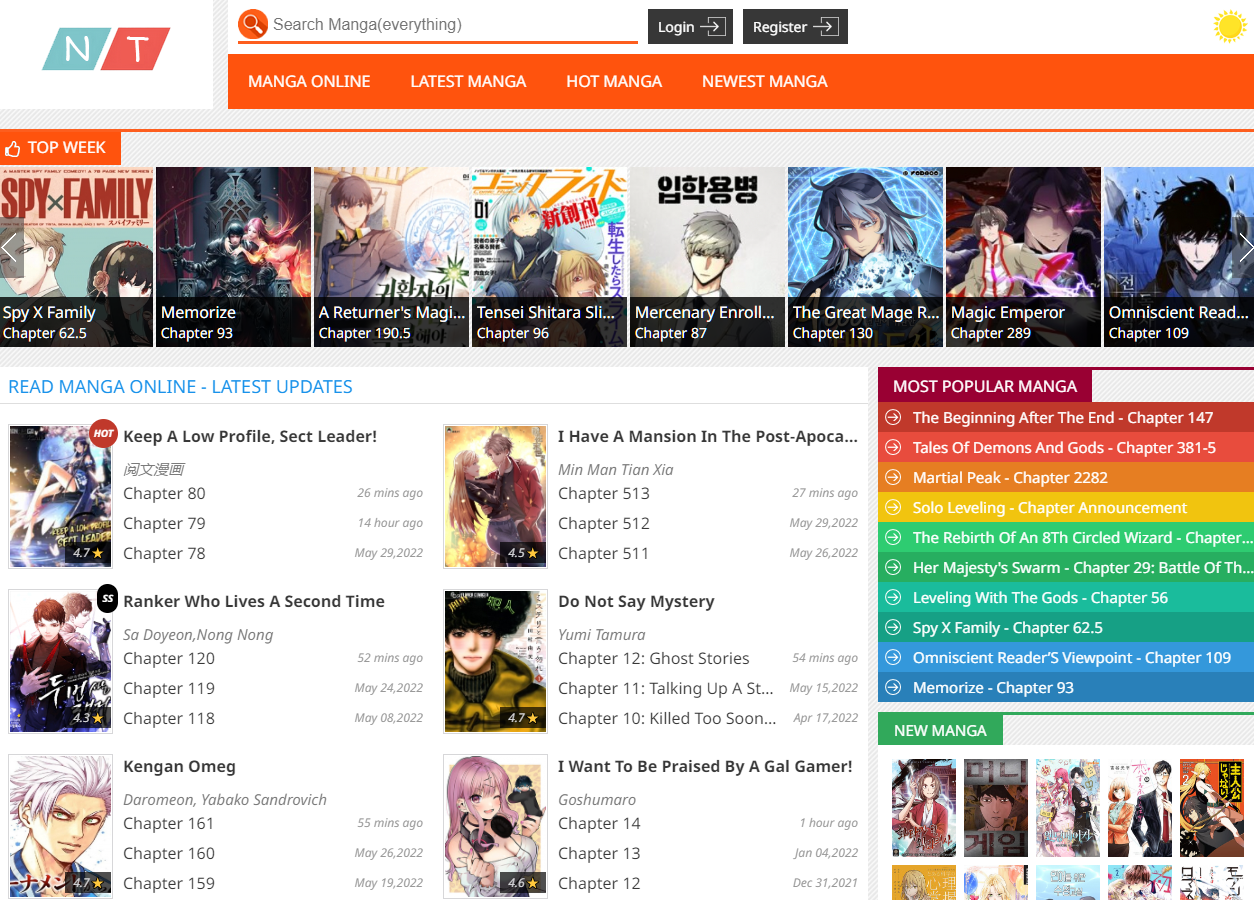🌟 Dịch Vụ Chất Lượng Cao 🌟
✓ 301 Redirect: Chuyển hướng domain an toàn, giữ nguyên giá trị SEO
✓ Guest Post: Đăng bài chất lượng trên các website uy tín
✓ Hỗ trợ tư vấn 24/7
✓ Báo giá cạnh tranh
✓ Thời gian xử lý nhanh chóng
📱 Liên hệ ngay qua Telegram: @subdomaingov
⚡ Hỗ trợ tư vấn miễn phí
Room To Loyalty!
₫2.246.278
Room To Loyalty! ©: The Ultimate Room To Loyalty! ©ing Platform
Product description
The Intriguing World of Manga Summary Williams - Unfolding Stories and Characters
In the vast universe of storytelling, few mediums capture the imagination as vividly as manga. Through intricate illustrations and compelling narratives, manga has carved out a niche that resonates with readers across the globe. In this article, we delve into the fascinating realm of Manga summary Williams, exploring various themes, characters, and the overall impact of these captivating stories.
Understanding Manga and Its Cultural Significance
Manga is not just a form of entertainment; it’s a cultural phenomenon that represents a unique blend of art and storytelling. Originating from Japan, manga has evolved into various genres catering to different demographics, including Shonen for young boys, Shojo for young girls, Seinen for adult men, and Josei for adult women.
As we analyze the deeper implications of manga, let’s explore its historical roots, artistic style, and cross-cultural influences, which contribute meaningfully to its status today.
The Historical Context of Manga
Manga can trace its origins back to the 12th century in Japan. However, it gained significant popularity during the Edo period (1603-1868) when woodblock printing techniques allowed for mass distribution. This era saw the emergence of illustrated narratives that laid the groundwork for modern manga.
The post-World War II era marked a pivotal moment when artists like Osamu Tezuka revolutionized the art form. By adapting cinematic techniques and introducing emotive character design, he profoundly influenced subsequent generations of manga artists.
The evolution of manga reflects the socio-political landscape of Japan, where it often served as a medium for social commentary. Over time, manga has transcended Japanese boundaries, gaining a global following. Today, it's not uncommon to find manga-inspired works in various countries, showcasing its universal appeal.
Artistic Style and Techniques
Manga is characterized by its distinct artistic style, which varies from artist to artist. Typically, manga employs black-and-white illustrations with dynamic panel layouts, allowing for fluid storytelling. The use of exaggerated facial expressions and dramatic angles further adds to the emotional depth of narratives.
Artists often experiment with visual styles to convey particular themes. For instance, horror mangas utilize darker shading and more angular designs to evoke fear, while romantic mangas tend to incorporate softer lines and pastel tones.
Additionally, the integration of sound effects and onomatopoeia enriches the reading experience, making it more immersive. This innovative approach to visuals allows readers to engage with the story on a sensory level, enhancing their emotional connection to the characters and plotlines.
Cross-Cultural Influences
Manga's influence extends beyond Japan, impacting Western comic culture and vice versa. The emergence of 'manhwa' in Korea and 'manhua' in China are direct examples of how manga has inspired other cultures to develop their own unique interpretations of the art form.
In recent years, there has been a noticeable increase in collaborations between Japanese manga artists and Western creators, resulting in hybrid works that fuse styles and storytelling techniques.
Furthermore, the internet has enabled manga to reach wider audiences, facilitating fan translations and adaptations. This globalization signifies the adaptability of manga, reaffirming its place as a significant cultural export.
Iconic Characters and Their Arcs in Manga
One of the most compelling aspects of manga is its ability to create iconic characters that resonate deeply with readers. These characters often undergo transformative journeys, navigating complex moral dilemmas and personal challenges.
Let’s explore some of the most memorable characters in manga, examining their development, motivations, and what makes them relatable to audiences worldwide.
Protagonists and Their Journeys
Typically, protagonists in manga embark on epic quests that not only test their physical capabilities but also challenge their core beliefs. Characters like Naruto Uzumaki from "Naruto" exemplify this notion.
Naruto starts as an outsider, ostracized for his past, yet he possesses an unwavering dream of becoming Hokage, the village leader. His relentless determination and growth throughout the series instill hope in readers, showcasing the power of perseverance and friendship.
Similarly, Izuku Midoriya from "My Hero Academia" illustrates the classic underdog story. Born without superpowers in a world dominated by them, Midoriya's journey is one of self-discovery and empowerment. Readers witness his evolution from a timid boy to a confident hero striving to save others, reinforcing the message that anyone can rise against adversities.
Antagonists with Depth
Manga is not solely defined by its heroes; some of the most intriguing narratives arise from complex antagonists. Characters such as Sasuke Uchiha or Light Yagami from "Death Note" embody the blurred lines between good and evil.
Sasuke, driven by revenge and the need for recognition, presents a tragic figure whose choices lead him down a dark path. His internal struggles reflect real-life issues of trauma and isolation, prompting readers to empathize with his plight.
Light Yagami, on the other hand, operates under a morally ambiguous lens. While initially portrayed as a vigilante aiming to eradicate evil, his descent into obsession raises ethical questions about justice and power. Such characters compel readers to ponder profound philosophical inquiries regarding morality and the human condition.
Supporting Characters that Shine
While protagonists and antagonists often steal the spotlight, supporting characters play a crucial role in shaping the narrative. Characters like Luffy’s crew in "One Piece" or the friends surrounding Guts in "Berserk" add layers of richness to the stories.
These characters often serve as foils to the main hero, providing contrasting viewpoints that enhance thematic depth. They highlight the importance of camaraderie and teamwork, demonstrating that success is seldom a solitary endeavor.
Moreover, supporting characters often undergo their own arcs, contributing to the overall narrative and providing readers with multiple perspectives on central themes.
Themes That Resonate Across Generations
Manga delves into a myriad of themes that resonate with readers of all ages. Whether it's the pursuit of dreams, the complexities of relationships, or reflections on societal issues, manga encapsulates the essence of human experience.
Let’s examine some of the prominent themes in manga, illustrating how they connect with audiences on both personal and cultural levels.
Friendship and Bonds
One of the most prevalent themes in manga is the significance of friendship. Many manga narratives revolve around the concept of found family, emphasizing the bonds formed through shared experiences and struggles.
In "My Hero Academia," the relationships among students at U.A. High School reflect the importance of support systems. Characters uplift one another, showcasing how collaboration can lead to personal growth. This theme resonates with readers who value the connections they build in their own lives.
Likewise, the camaraderie present in series like "One Piece" emphasizes loyalty and trust. Luffy and his crew face numerous challenges together, underscoring the idea that true strength lies in unity. Such narratives inspire readers to cherish their friendships and foster meaningful connections.
Identity and Self-Discovery
Another compelling theme in manga is the exploration of identity and self-discovery. Many characters grapple with their sense of self, confronting societal expectations and personal insecurities.
In "Attack on Titan," Eren Yeager's journey symbolizes the struggle to define one's purpose amid chaos. The series masterfully examines existential questions, prompting readers to reflect on their identities and the roles they play in society.
Similarly, characters in "Fruits Basket" navigate complex familial dynamics, leading them to confront their fears and desires. The exploration of identity within the context of relationships serves as a poignant reminder of the importance of self-acceptance and understanding.
Societal Commentary
Manga often acts as a mirror to society, addressing pressing issues that resonate with contemporary audiences. Series like "Tokyo Ghoul" tackle themes of discrimination and alienation, shedding light on the struggles faced by marginalized communities.
Through allegorical storytelling, manga invites readers to reflect on societal norms and injustices. This capacity for storytelling allows for critical engagement with real-world issues, fostering empathy and understanding in readers.
FAQs About Manga Summary Williams
What is Manga Summary Williams?
Manga summary Williams refers to concise yet comprehensive summaries of various manga series, highlighting key plot points, character developments, and thematic elements.
Why are manga summaries important?
Manga summaries provide readers with a quick overview of the storyline, helping them decide which series to read. They also serve as helpful references for those who may have missed certain details or chapters.
How can I find reliable manga summaries?
Reliable manga summaries can be found on dedicated manga websites, fan forums, and review platforms. Additionally, many manga databases offer summaries contributed by readers and experts alike.
Are there different types of manga summaries?
Yes, there are different types of manga summaries, including detailed chapter breakdowns, character analyses, and overarching thematic explorations. Each serves a different purpose depending on the reader's interests.
Can manga summaries spoil the story?
While manga summaries aim to capture the essence of a series, they can sometimes reveal significant plot twists or character developments. It’s advisable to approach summaries with caution if you prefer experiencing the story firsthand.
Conclusion
The captivating realm of manga offers a wealth of stories that transcend boundaries and connect with readers on profound levels. Through engaging narratives, memorable characters, and thought-provoking themes, manga continues to evolve as a powerful medium of expression. As we dissect the nuances of Manga summary Williams, we uncover the intricacies that make this art form so beloved around the world. Whether you're a seasoned enthusiast or new to the genre, manga invites everyone to embark on a journey filled with adventure, emotion, and discovery.
Read Full: manga kakalot







